This artist handed out cameras across America – here’s what pictures came back
by Ryan WhiteLast year, New York artist Neil Hamamoto embarked on a road trip across the USA in an Airstream-turned-darkroom. Though he wasn’t ‘inspired’, per se, by the documentary photographer Robert Frank’s The Americans, the seminal photo series does provide a sort of framework to understand his ambitions. “Road trip, black-and-white photography, America, book,” Neil says. The key difference, however, is that Neil handed the cameras over to the people he met along the way and FREE FILM: USA, the resulting story, offers a unique sort of visual diary of the country.
With a background in sculpture and design for the tech industry, this was something of a gear change for Neil. “I’m a conceptual artist making work in a variety of mediums,” he says, “but focus most of my time on sculpture -- using wood, metal and other prefabricated materials. As my art practice continues to grow and evolve, my experiences in that past life in the tech industry remain a source of inspiration for my work.” Having been interested in photography since childhood -- “my mother and grandfather were both avid photography hobbyists” -- he’s always been shooting and developing.
Starting in New York, he and his team travelled through Detroit, Milwaukee, Minneapolis, Kansas City, Denver, Salt Lake City, Portland, San Francisco, Los Angeles, San Diego, Santa Fe, Austin, New Orleans, Birmingham, Asheville, Baltimore and Philadelphia. Spending a few days in each city, Neil would hand out 35mm film and develop every roll before moving onto the next city, which totalled almost 1,600 rolls of film. Here, the artist discusses his ambitious project.
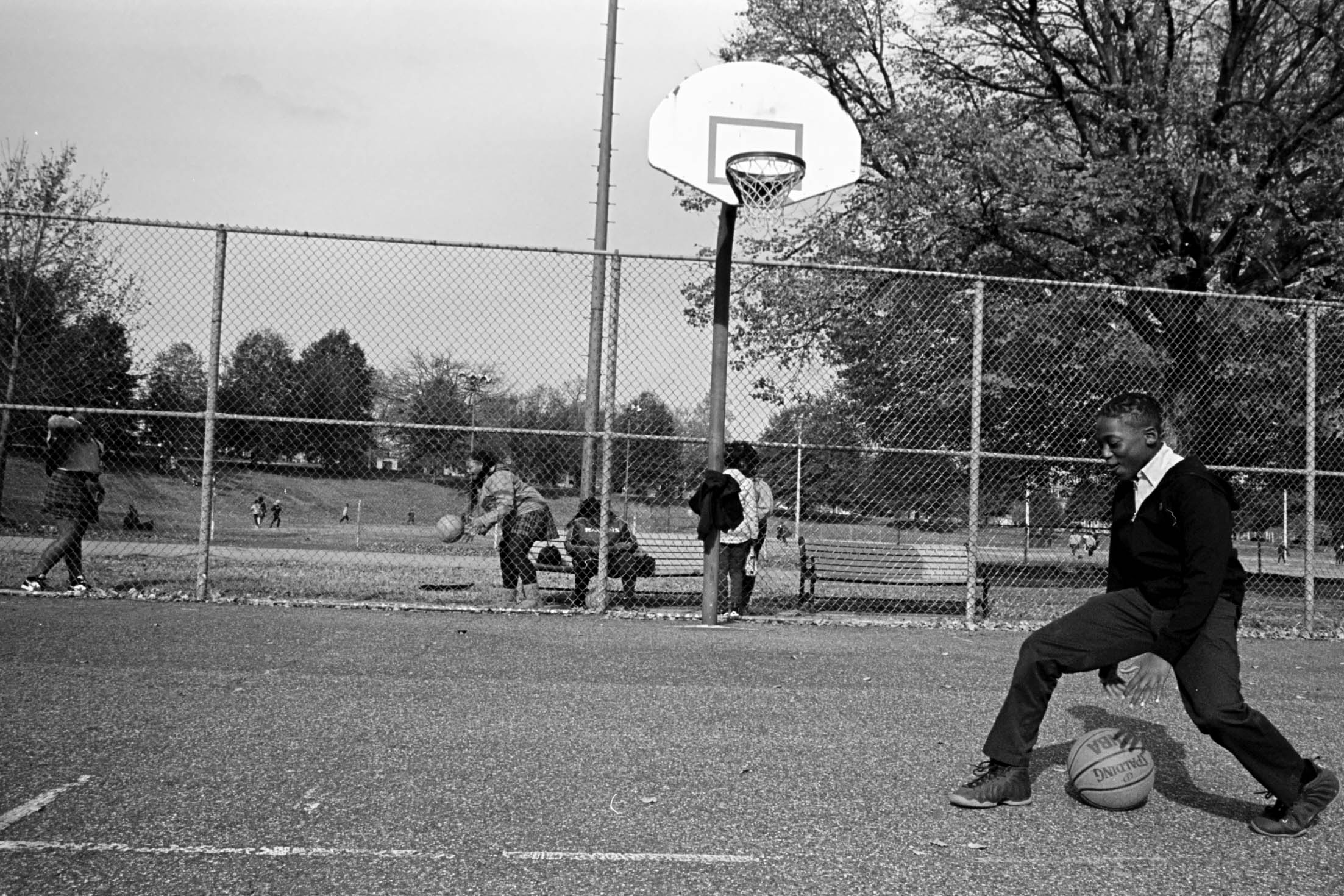
From sculpture to photography, how much do these disciplines that you work across bleed at the edges and feed into one another?
Until the FREE FILM project totally consumed me I would have said that photography was the only discipline that actually didn’t bleed into the other spaces. While photography was the medium that introduced me to the art world and the possibility of self-expression being a serious career, I never looked to it to lead my career forward. Photography was and still is my personal hobby medium -- my gateway drug, if you will -- that I’ll always pursue as a way to document my life and my journey through life as an artist.
Do you remember the first time a photographer’s work had a profound effect upon you?
I think it was the laughter I experienced when looking at some of Lee Friedlander’s photos. I think the laughter lowered my guard and made photography feel accessible. With New York as a big theme or setting, Friedlander showed me you can create just about anywhere you can stand.
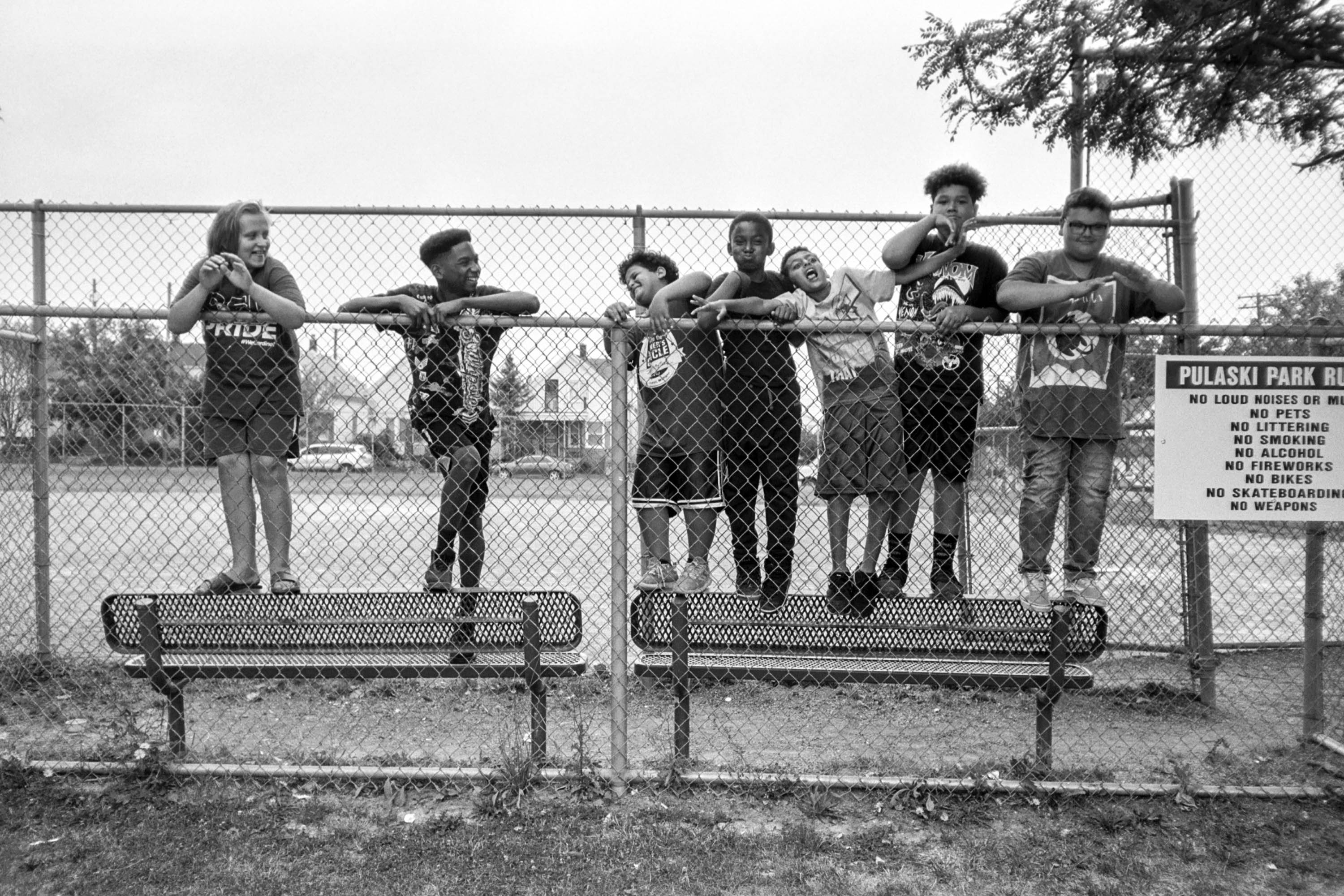
Tell us about how FREE FILM: USA first came to life and what the intentions behind it were.
It started with a phone call from my friend Sonny. Sonny was partnered with this company called Wallplay Networks and they were curating art programming for a few of those small counterfeit good shops on Canal Street that had gone vacant. I just started racking my brain for ideas, like I do most days in my studio. I guess the parameters that eventually formed were that I wanted to create something that I felt was original, in tune with my own personal practice as an artist. At the time, Sean Andrew Jackson was working out of my darkroom on his own personal practice, so I wanted to utilise his talents as a darkroom technician; and Free Snow Tripp was working with me on sculpture works so I knew his talents as a builder/engineer would help us create an amazing interior design space.
It was inspired in part by the late Robert Frank -- who must've passed away during the making of this I would imagine, or thereabouts. What lessons did you take from Robert's work, specifically The Americans?
I do often say that Robert Frank and The Americans was an inspiration but I think I regrettably am using the wrong words. Of course, his work and his book were known to me as the idea came to mind, but in no way was FREE FILM meant to be a replication or ode to his work in any way. When I say inspiration I guess I’m really just trying to help give some context to those I am explaining the project to. Because of The Americans’ wide recognition, it helps people grasp the big ideas of FREE FILM -- road trip, black and white photography, America, book. I guess the right way to say it is that FREE FILM is similar to Frank’s The Americans but inspired mostly by my desire to restore pure democracy to journalistic photography.
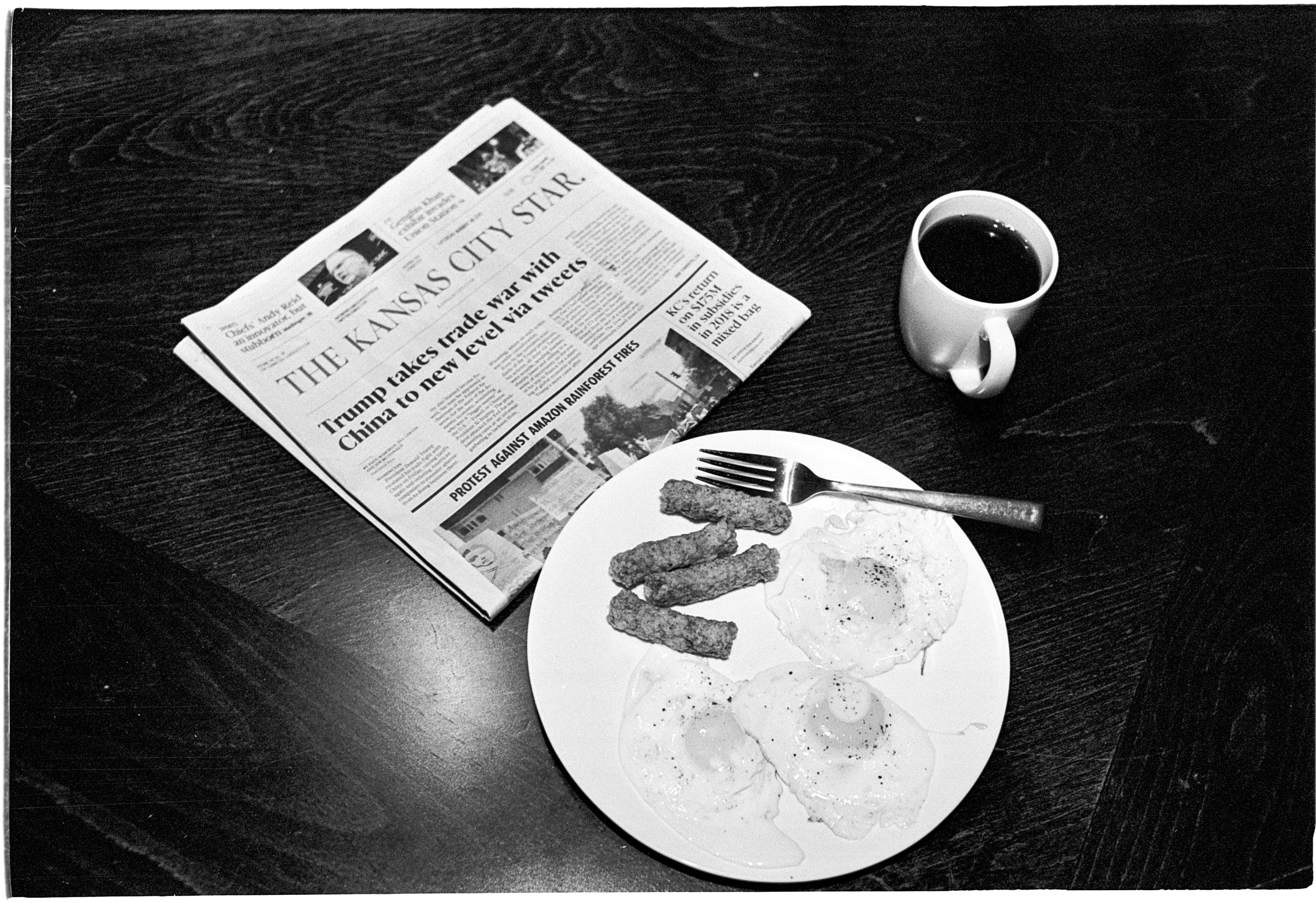
Was there a very specific route -- taking in places you felt most interested in covering -- or was it more ad hoc and instinctive than that?
Yes, when we departed at 2pm on Monday 5 August 2019, we had a pretty rigid schedule of dates, times and locations. I think there’s a future rendition of this project where the route could be decided much more romantically but likely at the sacrifice of participation reach and photo quality. We had about 100 rolls budgeted per city, but if there was higher traction I was ready to increase the stakes by multiple orders. I said it to the team in one of our initial meetings about the project, ‘How do we create this at a scale where we would never have to deny someone the opportunity to share on what ‘red, white and blue’ means to them?’ We unfortunately didn’t achieve that but I have life still left to live.
The USA is the subject of so many artistic enquiries, across many different mediums but especially in photography. Beyond the sheer scale of the country, what do you think makes it such fertile ground for this?
Oh man, that’s an awesome question. With four months of pure American exploration in my rear-view mirror, you’d think I’d have something really Pulitzer-Prize-poetic to offer you but I don’t. I just know that I feel like I’ve had my fingers on America’s neck praying to hear even a murmur of its pulse but no matter how hard I press I just can’t hear anything! The hypocrisy of American dogmas might be the faintest twitter of sound but I only discovered that by realising my fingers aren’t the best tool for listening.
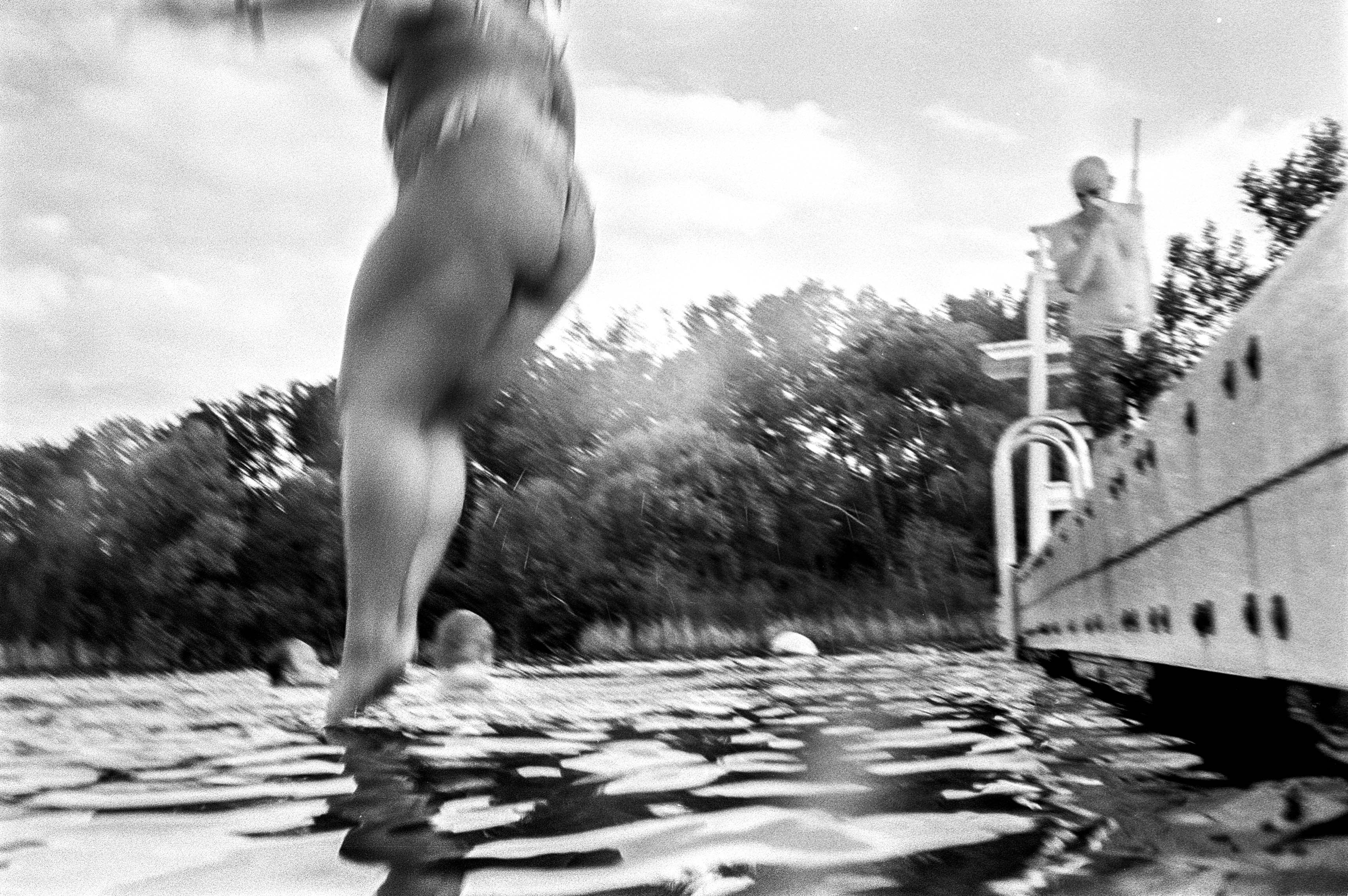
You work across a number of different mediums, with such an ambitious project as this, why did you choose to focus on photography -- specifically handing over the medium to the subjects?
Your physical being is the biggest limitation in taking photographs. You can’t get your own photo of the Grand Canyon without driving the roads and hiking the trails to get there. You don’t capture a ‘funny’ photo without having a preconceived notion or prior experience with what ‘funny’ is. You can’t take a photo without your camera, body and mind all working together cohesively to pick the right place in time and space. By handing over the film to these complete strangers, we get a more balanced representation of the theme and also get to be in multiple places at one time. In many cities, we actually get almost identical images from different participants. A car with a busted bumper might appear on five or six different rolls with all these subtle changes in lighting, angle, framing, focus, etc. It’s the quantitative response that allows a 360-degree view of the subject and confirmation that the subject is in fact important.
Are the results what you imagined or has it gone in a direction that you couldn't have expected when planning?
That’s another really good question. From a logistical, orderly, production manager type of perspective, the trip was extremely smooth. As an artist and a critic of the images, I think I’m learning that talented photographers and extraordinary imagery only become apparent because of the magnitude of the mundane, and that our world and minds develop only by looking at ‘the good stuff’. I want the big differentiator of FREE FILM: USA to be its efforts to break the expectation that only the talented and extraordinary can be a source for defining the future.
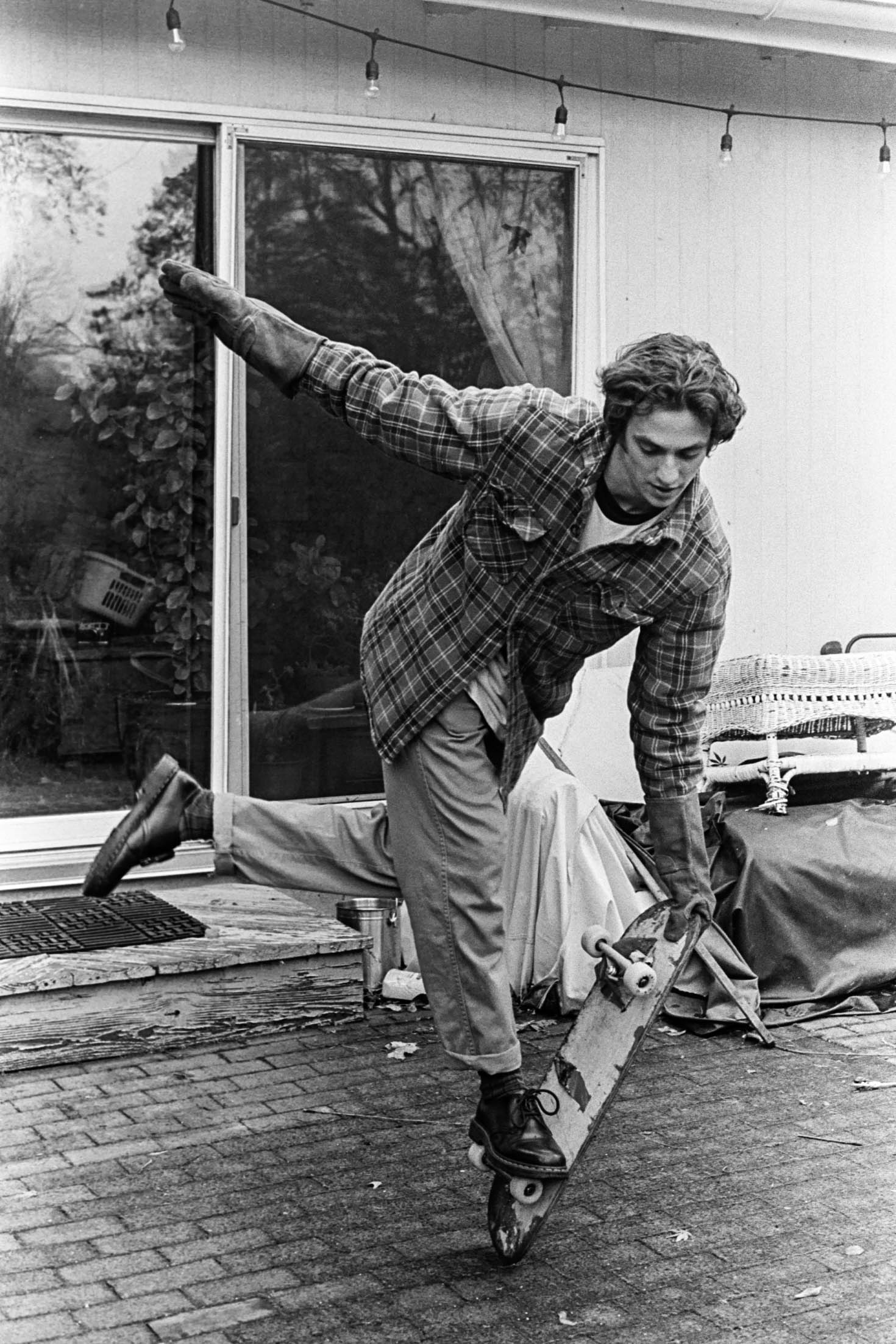
What did you gain personally from travelling between these different cities in America? It's a trip many might undertake simply to explore and find respite from their lives without the creative aspect you brought along with you.
Whether you’re producing a public art project or not, I think anyone who has road-tripped before would agree that life on the road always lends itself to a myriad of memorable moments. To me, fond memories and unique experiences are definitely a contributor to personal gain, but also I think I had personal gain through some literal physical losses. Six days into the trip, we got robbed and my personal hard-drives were stolen. 15 years of sentimental shit was gone forever, no backups to be found. Every now and then I still get down about it. When I want to look through old albums or reread funny journal entries from high school. Some memories are harder to relive than others and I think that might be in part due to the camera’s presence. The camera focused my energy on taking pictures to freeze the moment instead of actively engaging in conversation with that companion or seeking the opportunity to help a stranger. Travel light instead!
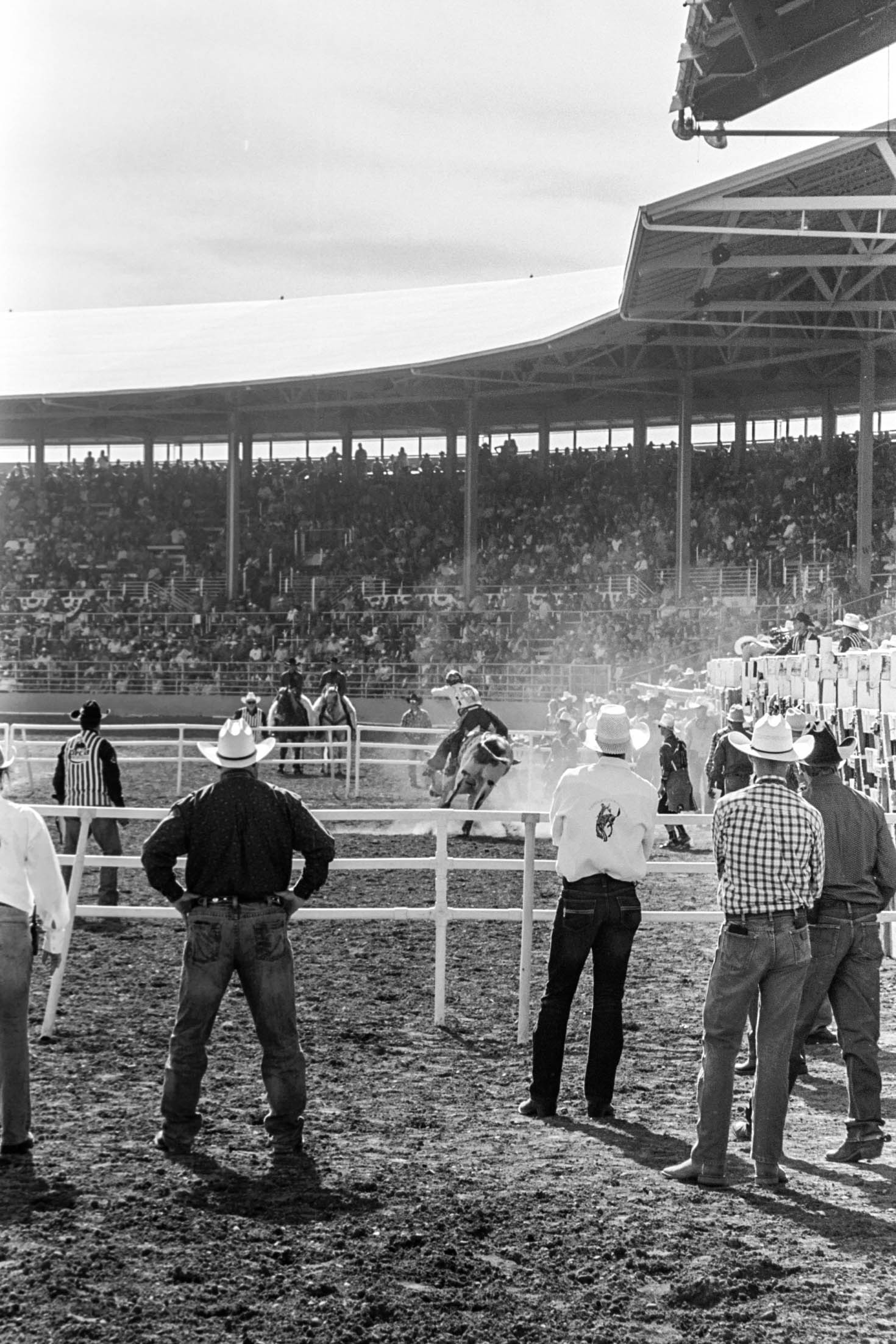
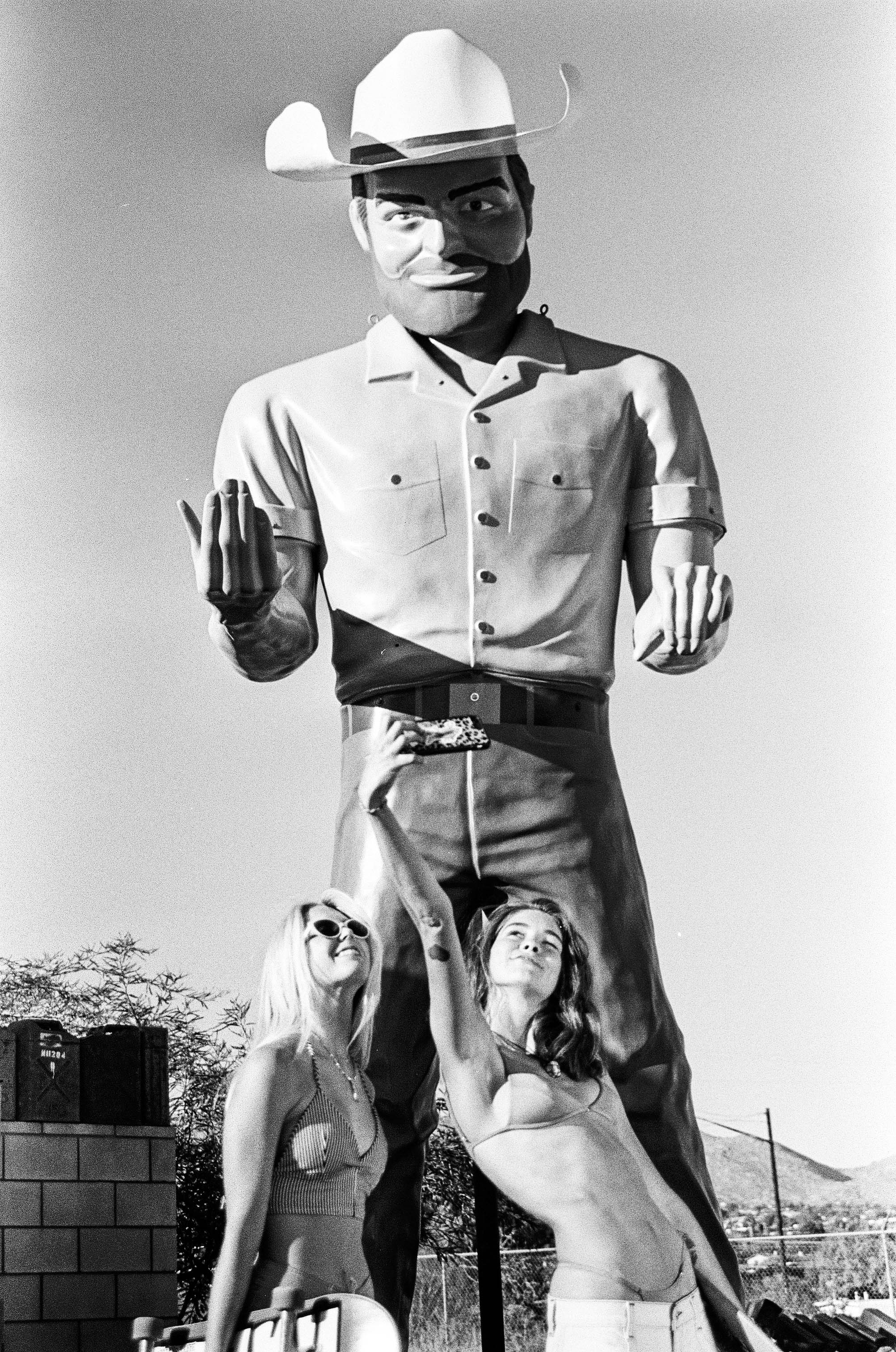
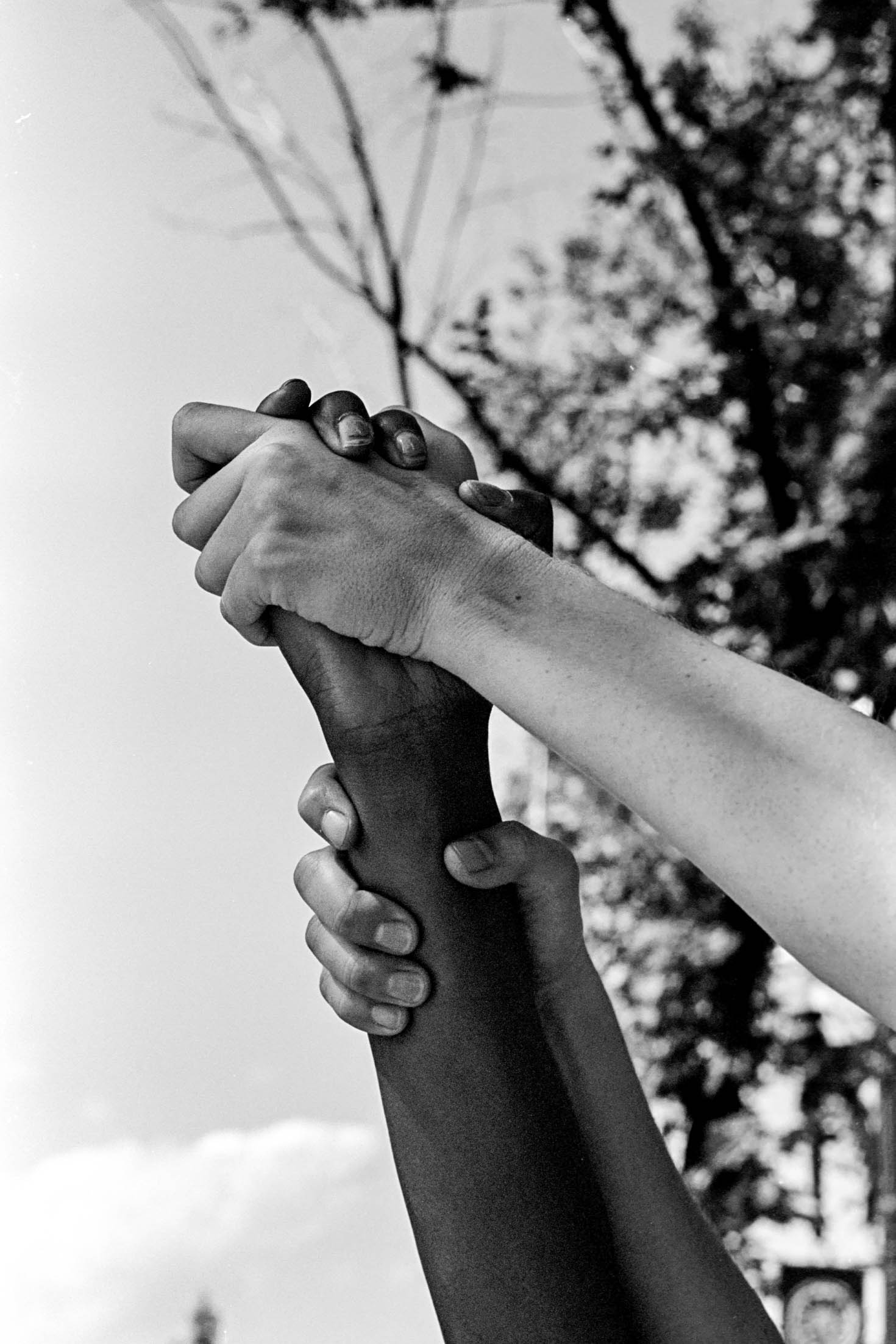
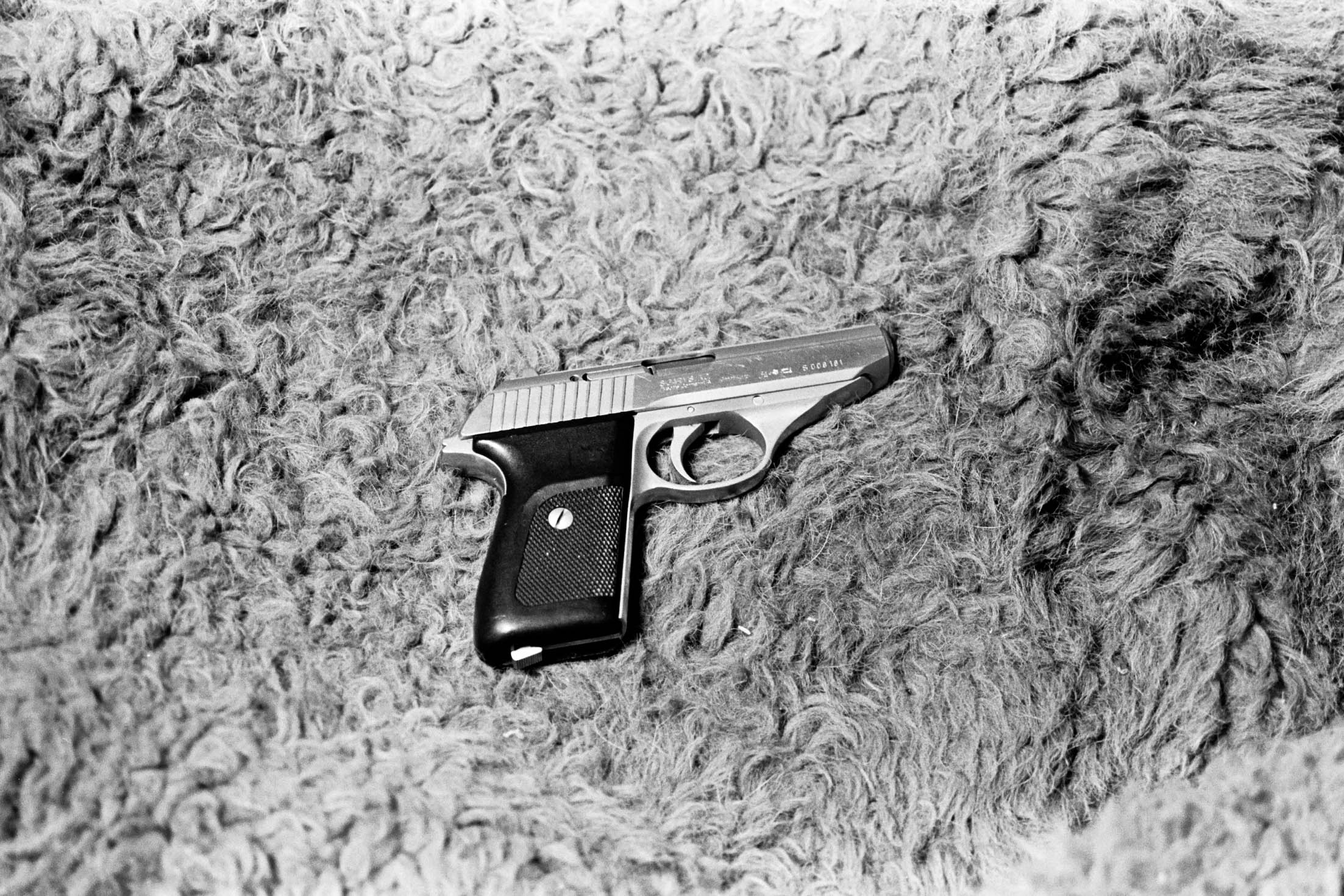
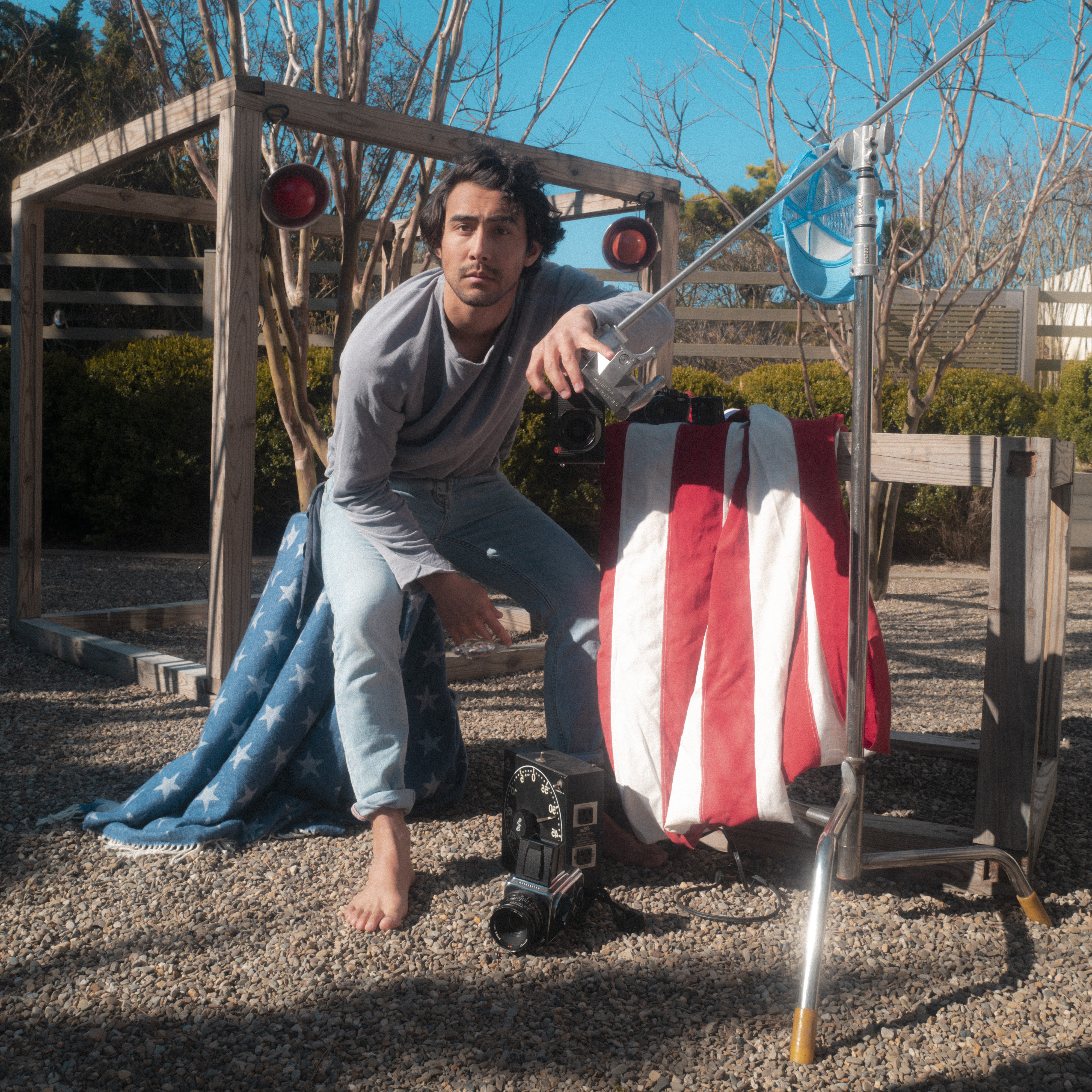
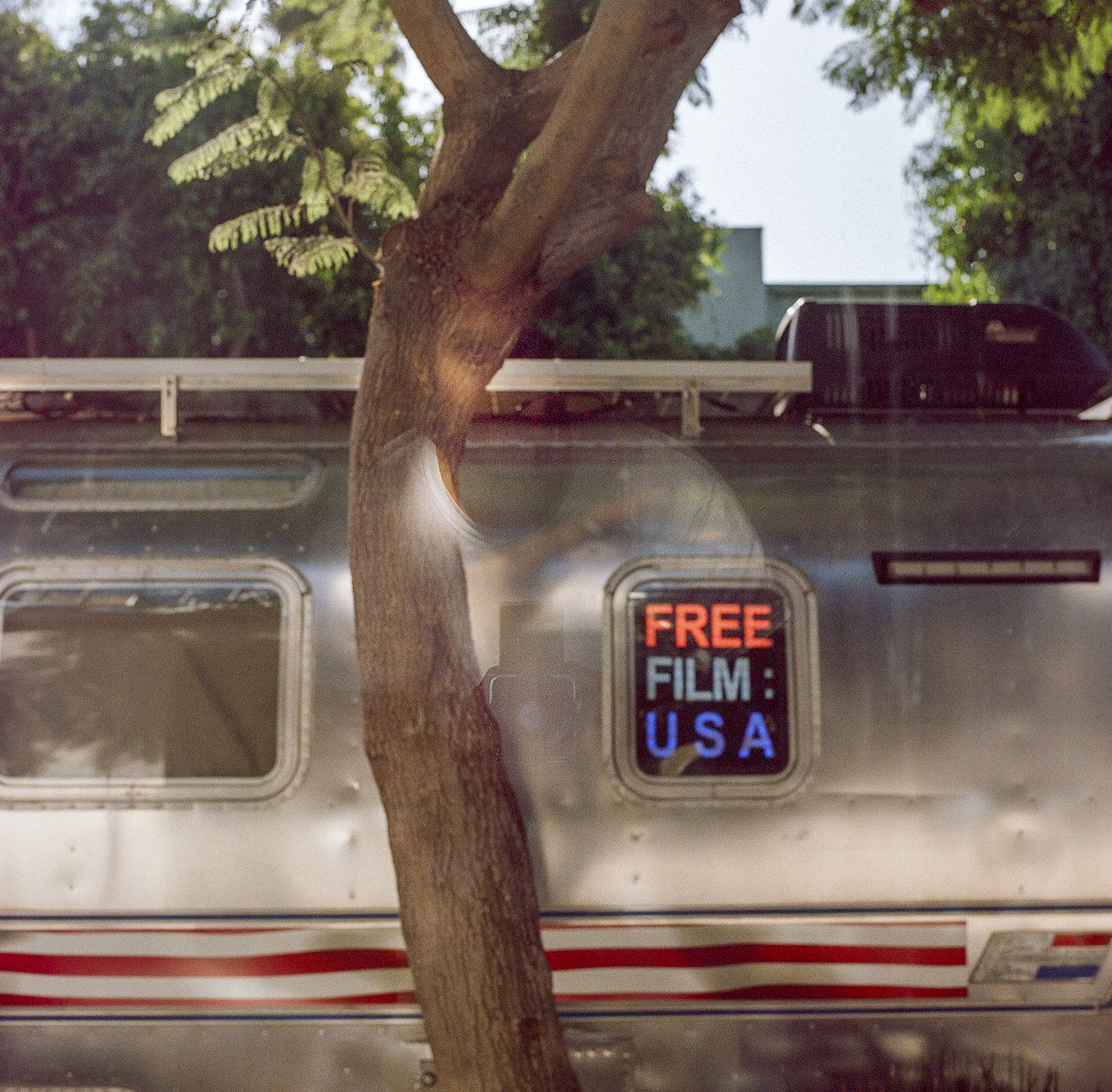
Credits
All images courtesy Neil Hamamoto